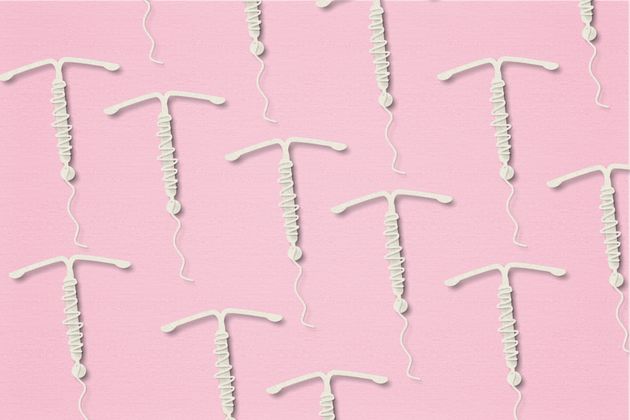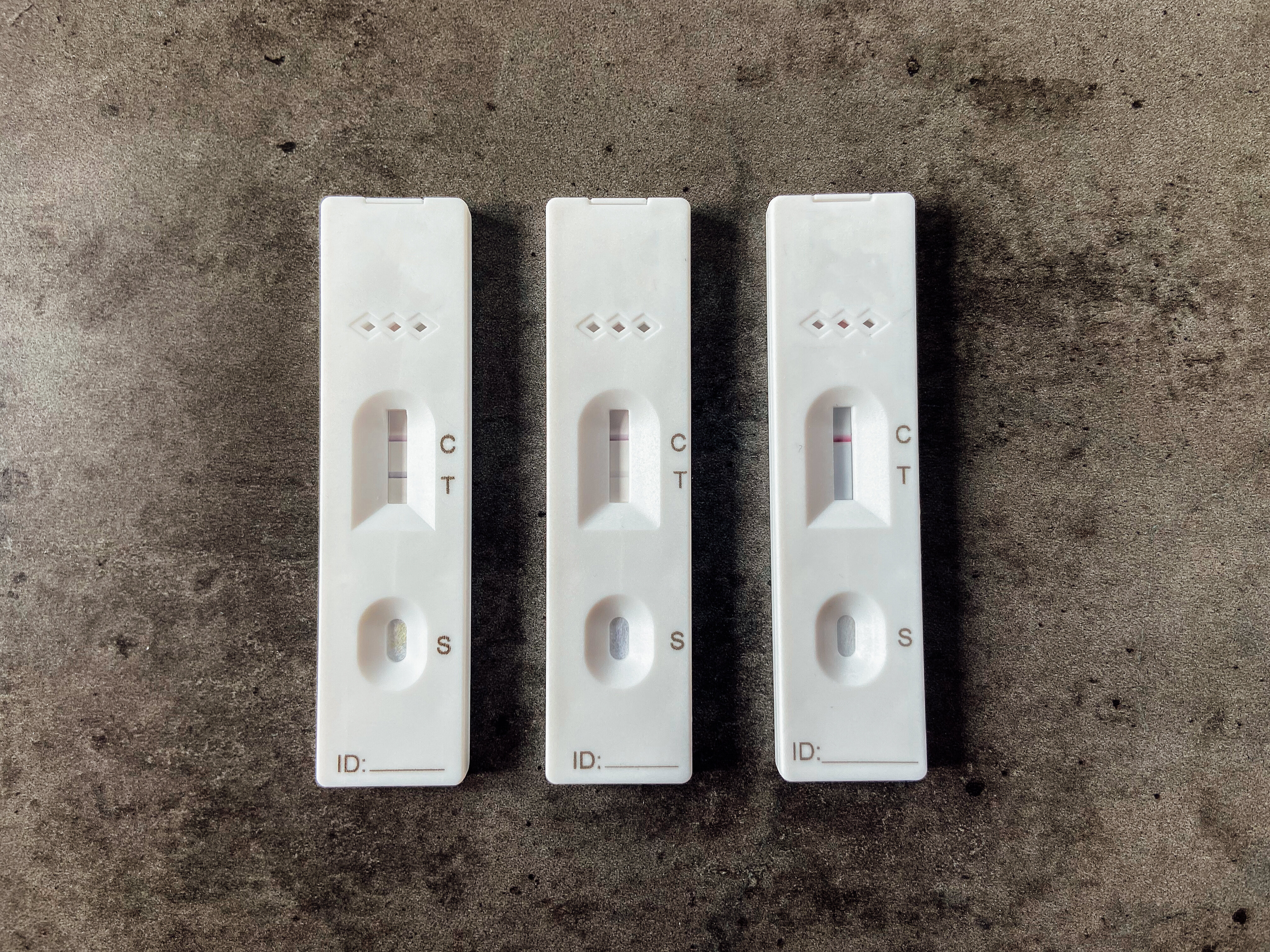If you’ve had an IUD inserted, we salute you.
Having a coil put in is truly one of the most brutal things a person with a vagina can go through and having it taken out is no walk in the park either.
Despite the pain, people love them – the contraceptive method offers lasts a long time (we’re talking up to ten years) and they boast a near-foolproof degree of protection.
Now, a video from a nurse doing the rounds of TikTok shows exactly why it can be so painful having your IUD removed (warning: this will make you cross your legs).
In TikTok user @MidWifeMama’s video, she demonstrates just how much force is needed to pull out an IUD and yup – it takes A LOT.
@midwifemama Copper iud
According to Healthline: “For most women, the removal of an IUD is a simple procedure performed in a doctor’s office. To remove the IUD, your doctor will grasp the threads of the IUD with ring forceps. In most cases, the arms of the IUD will collapse upward, and the device will slide out.”
The video, which has been liked over 16,000 times since @MidWifeMama shared it, has prompted many to take to the comments section to share their thoughts on the supposedly ‘simple’ procedure.
One user’s horror story read: “Mine got stuck when they were trying to remove it while I hyperventilated and turned white – they ended up giving up.”
Another shared: “Mine hurt SO BADLY when I was having it removed – I found it worse than having it put in.”
However, not everyone agreed – with many writing that they found insertion so much worse than removal.
“I had mine out not long ago, they just tell you to do a cough and they pull it out as you cough, no where near as bad as it was putting in,” one wrote.
A second agreed: “Getting it in was the worst pain ever. I didn’t even feel them take it out.”
Why does IUD insertion and removal hurt so much?
The process of having an IUD put in has three stages – and each will give you a dose of cramping as items are inserted.
Your healthcare provider will stabilising the cervix using a tenaculum – it’s a long instrument that is literally attached to the cervix to help steady the uterus. Enter cramp number one.
Next, a sterile instrument called a sound will be inserted to measure the length and direction of the cervical canal and uterus to make sure your IUD is inserted correctly. Welcome, cramp number two.
Finally, the IUD is inserted and you’ll feel your final third cramp during the procedure.
It’s common to feel lightheaded during or after the procedure – but it’s important to remember the process should only take a few minutes.
A few minutes of pain for a 99% effective birth control method that lasts five to 10 years? Not the worst deal ever – pass the ibruprofen.
Source: Huff Post






